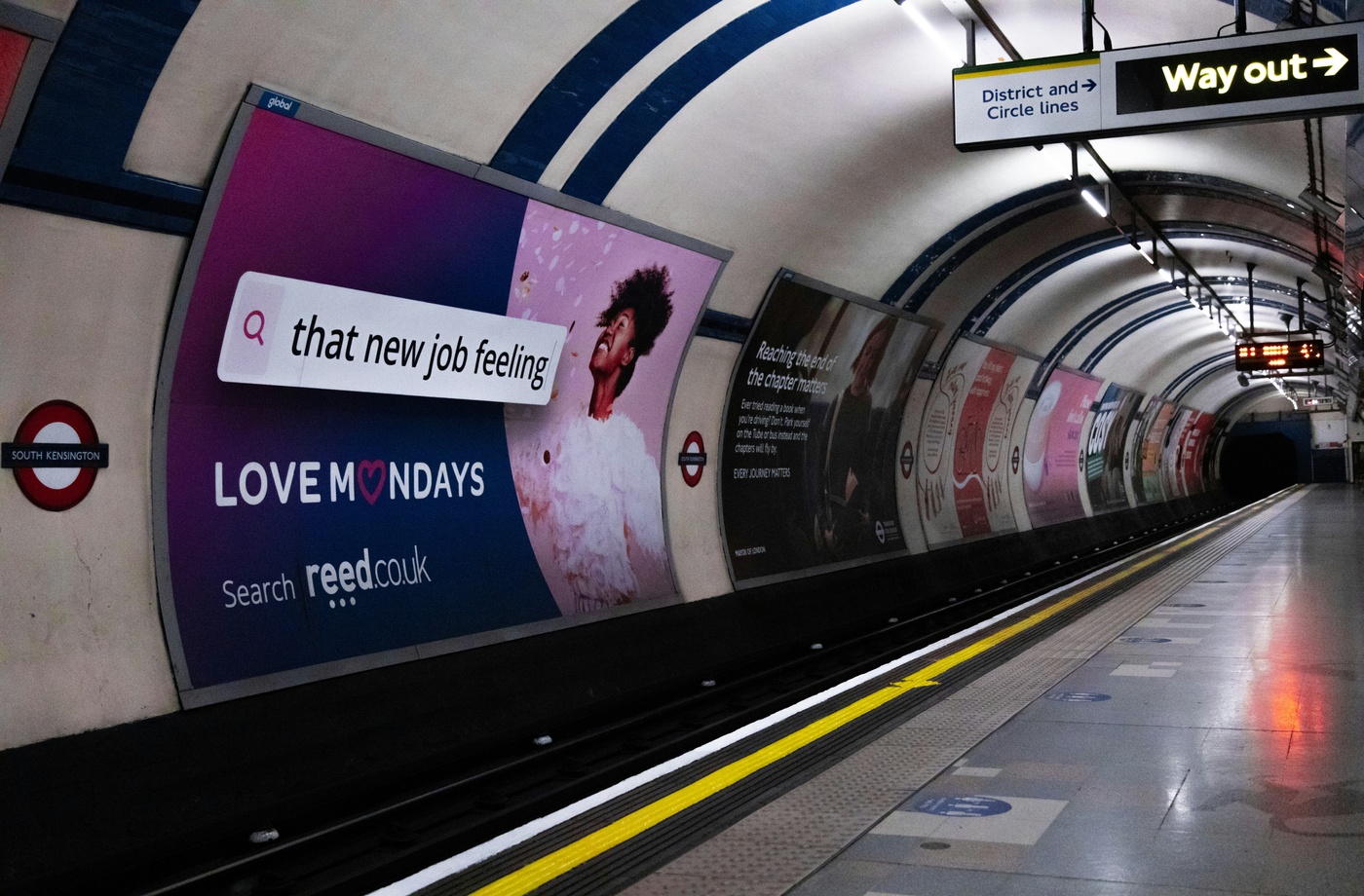Choosing the right ad format can make the difference between blending seamlessly with your audience’s experience or standing out in ways that drive immediate attention. Two of the most common digital ad formats—native ads and display ads—each have unique strengths. Understanding how they work, and when to use them, helps marketers maximize performance and budget efficiency.
What are display ads?
Display ads are the traditional banners and boxes you see across websites, apps, and social platforms. They rely on visuals, calls-to-action, and placement to capture attention. Platforms like Google Display Ads offer businesses access to millions of sites within their network, making it easy to scale reach. Display ads are great for visibility and brand awareness, though users may sometimes overlook them due to “banner blindness.”
What are native ads?
Native ads are designed to blend into the surrounding content. They match the look, feel, and format of the platform they appear on, making them less disruptive. Platforms like Outbrain and Taboola are leaders in native advertising, placing content across publisher sites in ways that feel organic. Because of their seamless integration, native ads often generate higher engagement and trust.
Strengths of display ads
- Wide reach and scalability through established ad networks
- Strong brand visibility with bold visuals
- Effective for remarketing to site visitors
Strengths of native ads
- Higher engagement because ads align with user experience
- Increased trust and credibility by appearing as part of content
- More effective for content-driven campaigns like articles and storytelling
When to use display ads
Display ads are ideal for top-of-funnel campaigns that prioritize visibility. They work well for new product launches, remarketing, and promotions that require bold creative to grab attention.
When to use native ads
Native ads are better for mid- to bottom-funnel campaigns where relevance and trust are essential. They’re particularly effective for driving clicks to blog posts, product guides, and content that educates while promoting.
Which works best?
Neither format is universally better—it depends on the goal. Display ads excel at reaching broad audiences quickly, while native ads shine when building engagement and trust. A balanced strategy often includes both, with budget split according to campaign objectives.
Conclusion
Marketers who understand the strengths of both native and display ads can create campaigns that reach audiences at different stages of the funnel. By blending high-visibility display ads with engaging native content, brands can maximize performance while respecting the user experience.



